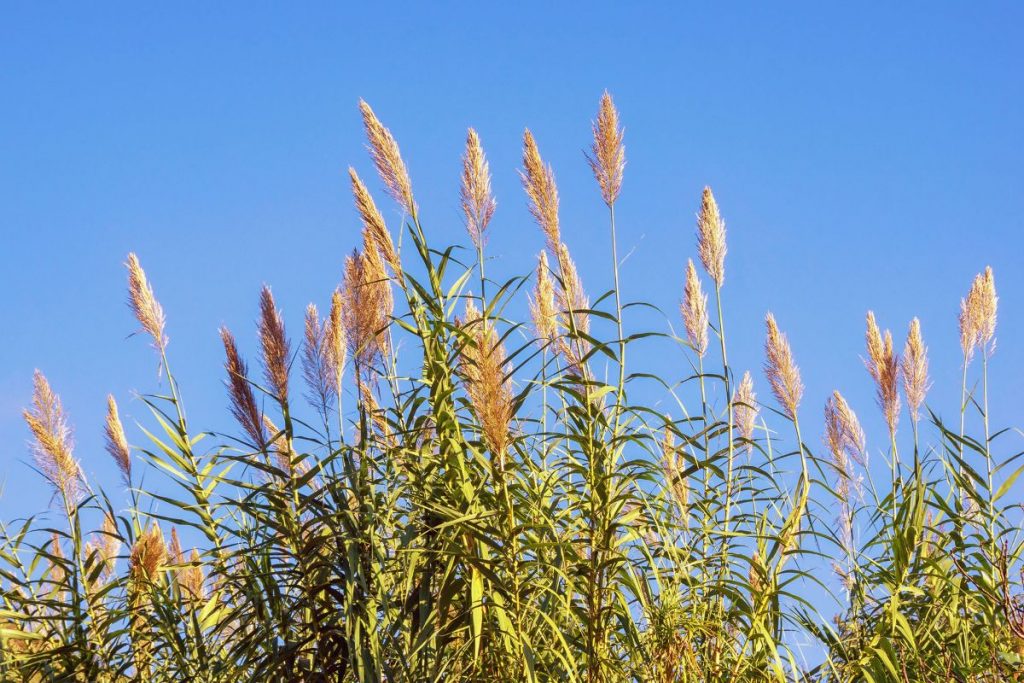The University of Malta has combined two remarkable technologies – artificial intelligence (AI) and unmanned flying aircraft – to map invasive alien plant species. That is a mouthful. Yet, seeing how AI can analyse high-resolution images captured from drones is mindblowing.
Bang in the middle of the Mediterranean Sea, Malta is locked between Europe and Africa with its own geographic ecosystem. However, domestic flora and fauna have been under duress due to the introduction of invasive alien animal and plant species that disrupt local ecosystems.
‘Ambjent Malta was particularly keen to tackle invasive plant species, which often spread through discarded seeds or plants and outcompete native flora. The proposed solution centred around deploying a drone equipped with a high-resolution camera to survey local valleys and capture the images. Then, using artificial intelligence, we would detect and map the invasive species,’ Prof. John Abela from UM’s Department of Computer Information Systems explains.
Disrupting Local Ecosystems
Invasive plants outcompete native species for sunlight and nutrients, eventually dominating the environment and leaving little room for indigenous plants. This disrupts domestic ecosystems, as native plants often provide food and habitat for local wildlife, affecting the entire food chain.
‘By mapping the locations and spread of invasive plant species, we provide a clear picture of their distribution. Annually monitoring these species enables us to track changes over time, identifying whether their populations increase or decrease,’ Abela says.
The project began with a drone survey of 37 valleys selected by Ambjent Malta, capturing high-resolution aerial photos of plants. These images were then stitched together to create a mosaic. A trained biologist at Ambjent Malta then reviewed the images to identify and label invasive species.
‘After labelling, we used open-source convolutional neural network (CNN) models adapted to our project’s needs. We trained the models on mosaics from five or six areas, leaving parts out for testing. This iterative process ensured accuracy in identifying invasive species,’ Abela says. The model analyses mosaics to locate invasive species, highlighting them in different colours based on the species.
‘AI is invaluable because, unlike traditional programming, it doesn’t require complex rules. Neural networks, inspired by biological brains, learn from vast data, automatically adapting and improving,’ Abela says. ‘The biggest challenge is acquiring and labelling data. For our project, this meant painstakingly labelling invasive species in large images – a time-consuming but essential task.’
Once the model optimised its process of differentiating between different flora, it was tested on unseen validation images. When it classified these correctly, the team considered it ready for real-world use.
Challenging feat
The project team faced some challenges. One of these was that some local plants closely resemble the invasive species. Even a trained human eye, carefully examining high-resolution photos, could sometimes mistake one for the other. To address this, the team conducted field trips to physically verify the species.
Another challenge was refining the models. Although deep learning models are often considered to be general-purpose, their core engine is versatile. Still, significant customisation through extensive coding was needed to tailor the engine for this specific task to suit the project team’s needs.
Additionally, plants can look quite different depending on the season, which posed another problem. ‘For instance, if you take an image in May, the plant might appear very different in August. By then, much of the green could be gone. After the rains in October and November, the plants would change again,’ Abela says.
Although the project ended after mapping the invasive species, Abela is launching another project to automate the entire process. Now that the team has a robust dataset, they can focus on streamlining operations and improving efficiency, potentially transforming how we monitor and address invasive plant species in Malta.
Ambjent Malta is considering a balanced approach. In some areas, full eradication may restore the original ecosystem. In others, invasive species may be left intact to preserve the adapted ecology. This strategy allows for both conservation and practicality.
This abridged article by Christian Keszthelyi features in Issue 46: Species of THINK Magazine, the official research magazine of the University of Malta. For the full article or to read the edition, pick up a copy on Campus or read here. (Republished courtesy of THINK).
